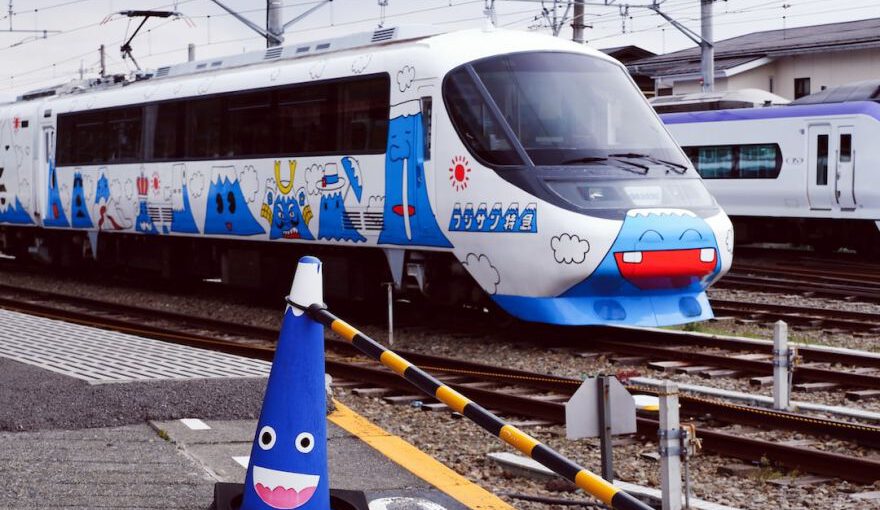Japan is known for its advanced technology, efficient transportation systems, and innovative engineering. One of the most iconic symbols of Japan’s technological prowess is the Shinkansen, also known as the Bullet train. The Shinkansen is a high-speed rail network that spans the country, connecting major cities and offering passengers a quick and convenient mode of transportation. In this article, we will explore what the Shinkansen is, its history, features, and the impact it has had on Japan’s transportation system.
The Birth of the Shinkansen
In the mid-20th century, Japan faced the challenge of rebuilding its transportation infrastructure after the devastation of World War II. The existing railway system was outdated and unable to meet the demands of a rapidly growing economy. In response to this need, the Japanese government launched the “Shinkansen Project” in 1959, with the aim of developing a new high-speed rail system that would revolutionize travel in the country.
Features and Technology
The Shinkansen is known for its impressive speed, reliability, and safety. The trains can reach speeds of up to 320 kilometers per hour (200 miles per hour), making them one of the fastest trains in the world. They operate on dedicated tracks, separate from regular railway lines, allowing them to maintain their high speeds without interference from other trains.
To ensure a smooth and comfortable ride, the Shinkansen incorporates advanced technology, such as active suspension systems, which minimize vibrations and reduce noise levels. The trains are also equipped with aerodynamic designs, reducing wind resistance and increasing energy efficiency. These features contribute to the overall comfort and efficiency of the Shinkansen, making it a preferred mode of transportation for many commuters and tourists in Japan.
Environmental Impact
In addition to its speed and efficiency, the Shinkansen has had a positive impact on the environment. By providing a fast and convenient alternative to air travel and private cars, the Shinkansen has helped reduce carbon emissions and alleviate traffic congestion. The trains are powered by electricity, which is predominantly generated from renewable sources in Japan, further reducing their carbon footprint. The Shinkansen serves as a model for sustainable transportation systems around the world, demonstrating the potential for high-speed rail to be both environmentally friendly and economically viable.
Economic and Social Impact
The Shinkansen has not only transformed Japan’s transportation system but has also had a significant impact on its economy and society. The high-speed rail network has facilitated the movement of people and goods across the country, promoting regional integration and economic development. It has also opened up new opportunities for tourism, as travelers can easily explore different cities and regions within a short period. The Shinkansen has become a symbol of national pride and a source of inspiration for other countries looking to develop their own high-speed rail networks.
The Future of the Shinkansen
As technology continues to advance, there are ongoing efforts to further improve and expand the Shinkansen network. Japan is currently developing the next generation of Shinkansen, known as the “Superconducting Maglev,” which will utilize magnetic levitation technology to achieve even higher speeds. This new system is expected to revolutionize rail travel once again, further enhancing the efficiency and convenience of the Shinkansen.
In conclusion, the Shinkansen, or Bullet train, is a remarkable engineering feat that has transformed transportation in Japan. With its impressive speed, reliability, and environmental sustainability, the Shinkansen has become a symbol of Japan’s technological innovation and efficiency. Its impact on the economy, society, and tourism industry cannot be overstated. As Japan continues to invest in the development of high-speed rail, the future of the Shinkansen looks promising, promising a future where rail travel remains at the forefront of transportation innovation.





